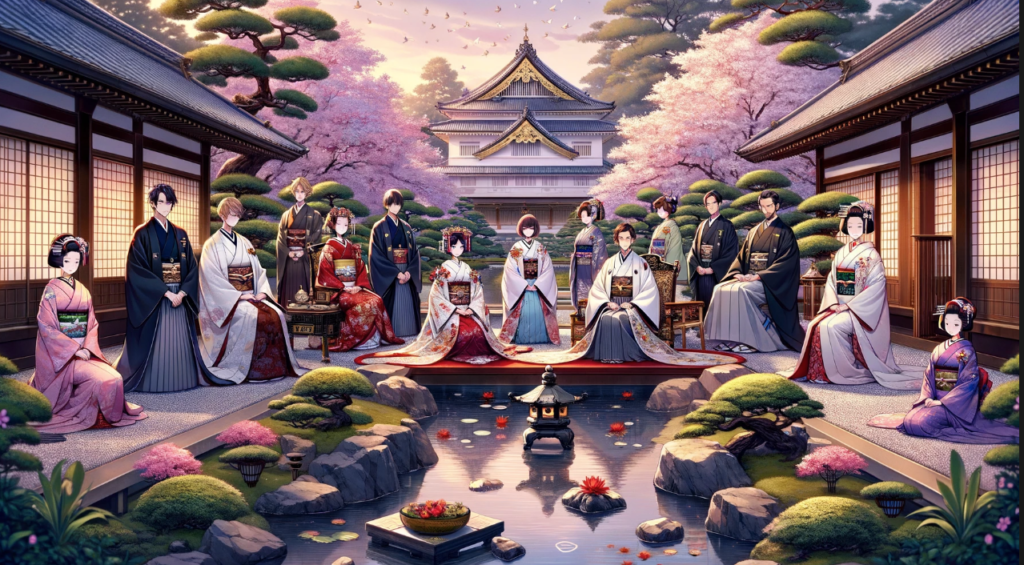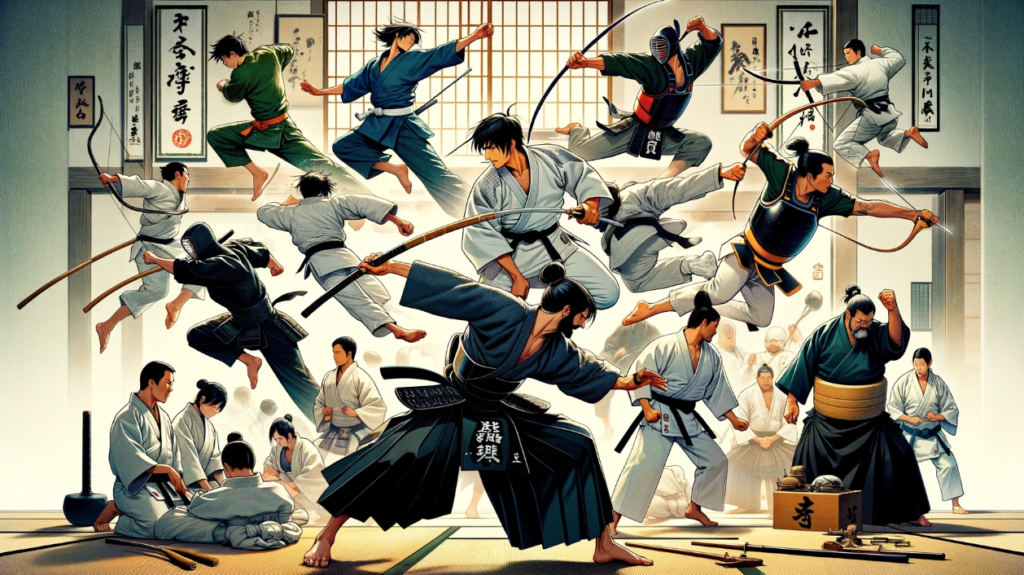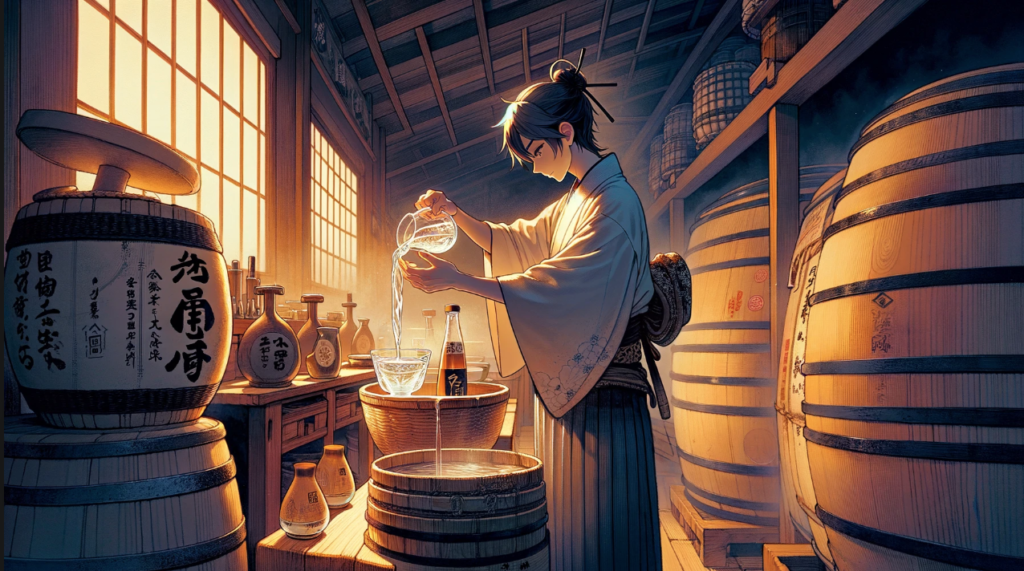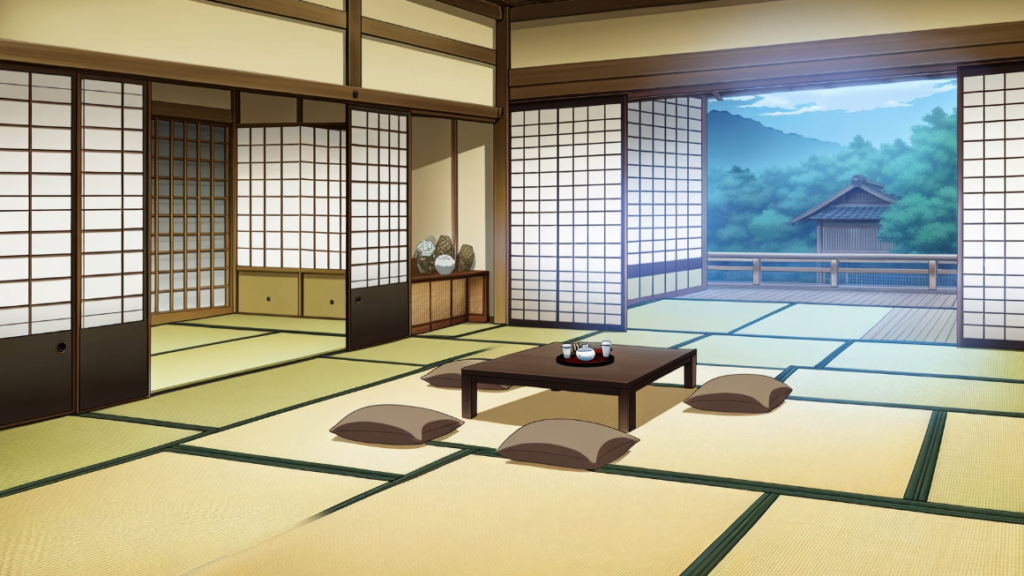Lesson 34 Traditional Sports and Martial Arts
Topic Question:What are some traditional Japanese sports and martial arts?
No. 1: Introduction – First, try answering the question yourself.
The instructor will provide advice on vocabulary, grammar, and expression corrections.
Sample Answer- Let’s read aloud. Instructor will check your pronunciation and accent.
Traditional Japanese sports and martial arts, known collectively as “budō,” have been an integral part of Japan’s cultural heritage for centuries. Sumo, perhaps the most famous traditional sport, is a form of wrestling that has its origins in ancient rituals. Kendo, or “the way of the sword,” involves dueling with bamboo swords and protective gear, reflecting the practices of samurai warriors. Judo, meaning “the gentle way,” is a martial art focusing on throws and grappling, emphasizing the principle of using an opponent’s force against them. Karate, which translates to “empty hand,” involves striking techniques using the hands and feet, and was developed in the Ryukyu Kingdom before spreading to mainland Japan. Lastly, Kyudo, or “the way of the bow,” is the Japanese art of archery, known for its ceremonial aspects and emphasis on precision, form, and meditation.
No. 2: Vocabulary Building – 5 Words to Learn and Their Meanings
Pronounce the Words Correctly (Pronunciation Training) + Make Sentences Using the Words Instantly
- Budō (武道): The martial ways of Japan, encompassing traditional sports and martial arts with a philosophy that emphasizes self-improvement, discipline, and respect.
“Practicing budō, such as kendo or judo, is not only about physical training but also about developing character and understanding the spirit of the martial arts.”
- Rituals (儀式, gishiki): Ceremonial acts or series of acts performed in a prescribed order, often with symbolic meaning.
“Sumo wrestling is rich in rituals that date back to ancient times, reflecting its religious origins and cultural significance.”
- Grappling (組み技, kumiwaza): Techniques used in various martial arts that involve wrestling or close combat, focusing on gaining a physical advantage over an opponent.
“Judo is renowned for its emphasis on grappling techniques, allowing practitioners to defeat larger opponents by leveraging balance and leverage.”
- Striking (打撃, dageki): The action of hitting or attacking an opponent, commonly used in martial arts such as karate.
“Karate teaches various striking techniques using the hands and feet, aimed at disabling an opponent quickly and effectively.”
- Precision (精密さ, seimitsusa): The quality of being accurate and exact.
“Kyudo, the Japanese art of archery, values precision highly, requiring archers to perform with meticulous attention to detail and form.”
No. 3: Key Idiom and Example Sentences
“Mind over matter” (精神が物質を制す): The use of willpower to overcome physical limitations.
“In the practice of traditional Japanese martial arts, ‘mind over matter’ is a fundamental principle, teaching practitioners to transcend physical limitations through mental discipline and focus.”
“The philosophy of ‘mind over matter’ is evident in Kyudo, where achieving the perfect shot is as much about mental concentration and clarity as it is about physical skill.”
No. 4: Discussion and Exchange of Opinions on the Sample Answer
Instructor: Based on the sample answer, how do traditional Japanese sports and martial arts contribute to personal and societal values in Japan?
Student: [Opinions of students]
No. 5: Free Discussion on the Topic
Let’s delve deeper into the world of traditional Japanese sports and martial arts. Discuss the historical context of these practices and how they have evolved over time. Additionally, consider their role in modern Japanese society and the global martial arts community. What challenges do traditional disciplines face in maintaining relevance and interest among younger generations? Finally, explore the international appeal of Japanese martial arts. How have these practices influenced global perceptions of Japan, and what aspects of these martial arts have been adapted or adopted by other cultures?
















